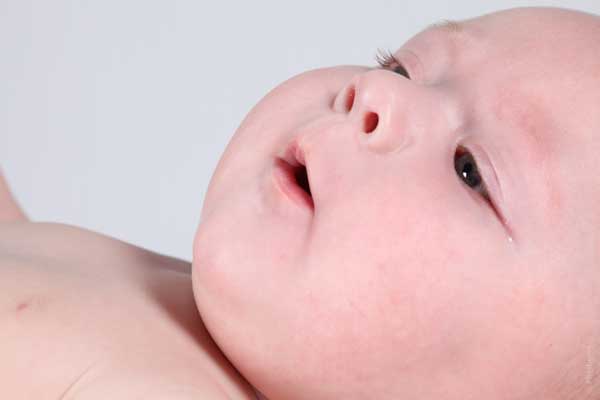Why Do Babies Grimace in the Womb?
It turns out that the embryos grimace in the womb for a certain reason. They practice their future communication with the world through their countenance.

An interesting study was conducted by the researchers at Lancaster University and Durham University. The scientists had studied the face expressions of fifteen healthy embryos in the womb at the age of 24 weeks, and after that they repeated these observations during week 36. It turned out that the babies could demonstrate normal face expressions during the very first study. It was somewhat like a smile. During the 36th week of pregnancy, the grimaces were various and more difficult, ranging from an obvious smile to the grimaces of pain.
“It is not yet clear whether fetuses can actually feel pain, nor do we know whether facial expressions relate to how they feel. Our research indicates that the expression of fetal facial movements is a developmental process which seems to be related to brain maturation rather than being linked to feelings. “
The scientists believe that testing of the grimaces in the womb is a certain evolutionary exercise, which is preparing the embryo to be able to show after the birth that it is pleased or feels pain. However, during the study, the researchers failed to understand whether the fetus felt pain in the womb, when it demonstrated the proper face. There was no evidence that it was experiencing discomfort at that moment. However, the researchers observed the grimace of pain regularly.
According to the scientists, it is important for babies to be able to show that they can experience pain when they are born and to tell others about it. The results show that before birth healthy embryos ‘learn’ to make the necessary facial movements to produce a grimace.
In the near future, this group of scientists is going to conduct some experiments to find out how the mother’s smoking and drinking alcohol affect the embryo’s mimic development, as well as their living conditions in the uterus. The researchers want to understand whether such behavior of the mother delays the development of the embryo’s grimaces, which could point directly to the delay in development or a brain deviation.
